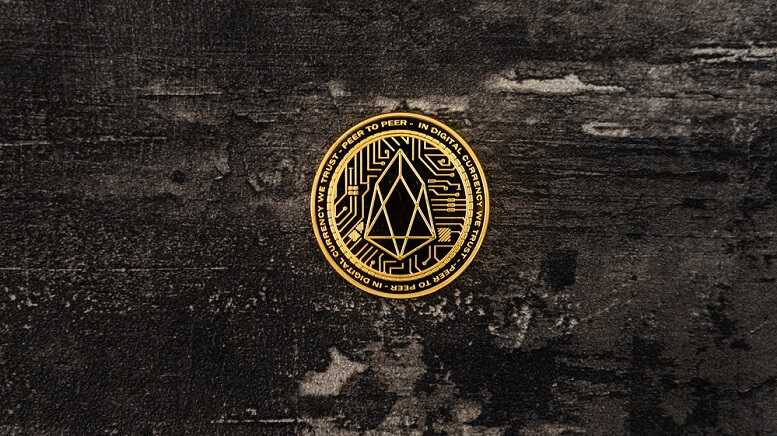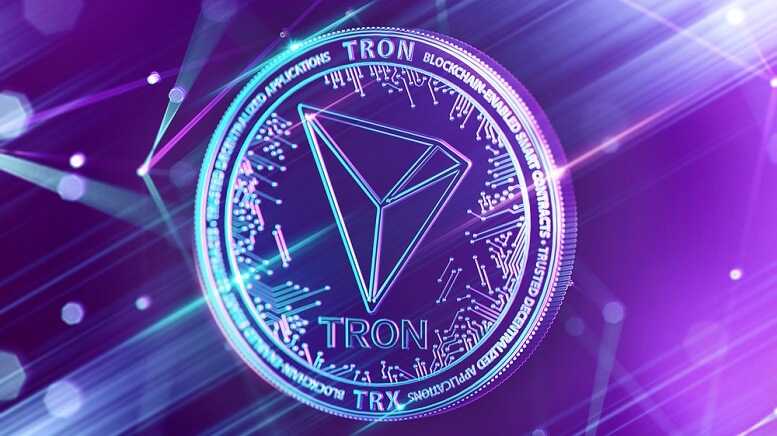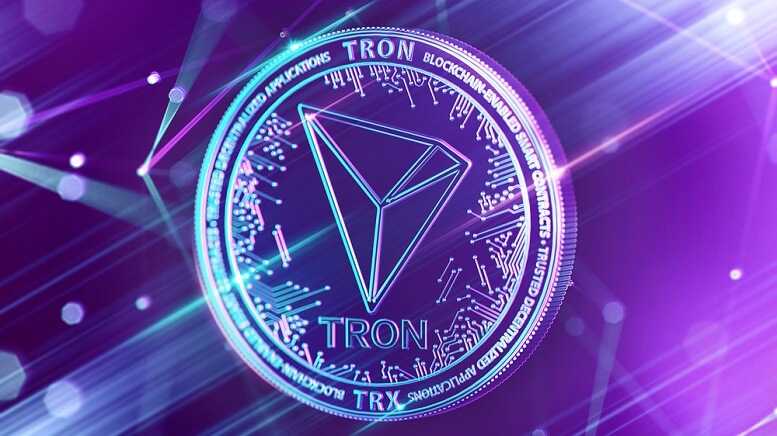Bitcoin Surges Past $100K

Bitcoin has once again captured the headlines by surging past the $100,000 mark, a milestone that has both excited and puzzled investors around the globe. This historic surge has brought renewed attention to the cryptocurrency market, which has been experiencing significant volatility over the past few years. The question on everyone’s mind now is whether Bitcoin can maintain this unprecedented value or if it will face a correction in the coming months.
The recent surge in Bitcoin’s value can be attributed to several factors, including increased institutional interest, a weakening US dollar, and ongoing geopolitical tensions that have led investors to seek alternative assets. Institutional investors, who were once skeptical of cryptocurrencies, have gradually embraced them as part of their portfolios, providing the market with a sense of legitimacy and stability. This shift in perception has undoubtedly played a role in Bitcoin’s recent performance.
Moreover, the economic impact of the COVID-19 pandemic has led to a significant increase in government spending, resulting in a weaker dollar. As traditional currencies lose value, investors have turned to Bitcoin as a hedge against inflation, further driving up its price. Additionally, geopolitical uncertainties, such as trade tensions and political instability, have contributed to the growing demand for cryptocurrencies as safe-haven assets.
Despite these positive developments, skeptics warn that Bitcoin’s price could be subject to a sharp correction. The cryptocurrency market is notoriously volatile, and past surges have often been followed by significant downturns. Some analysts argue that the current valuation is unsustainable and driven by speculative trading rather than fundamental value. They caution investors to be prepared for potential volatility in the near future.
On the other hand, proponents of Bitcoin remain optimistic about its long-term prospects. They point to the growing adoption of blockchain technology and the increasing acceptance of cryptocurrencies in mainstream financial systems as indicators of Bitcoin’s potential to become a permanent fixture in the global economy. Furthermore, regulatory advancements in various countries have provided a clearer framework for cryptocurrency operations, encouraging more investors to enter the market.
In conclusion, while Bitcoin’s surge past $100,000 is a significant achievement, it remains to be seen whether this cryptocurrency can maintain its value in the long term. Investors should be cautious and consider the potential risks associated with such a volatile market. However, the increasing acceptance of digital currencies and the ongoing technological advancements suggest that Bitcoin could continue to play a crucial role in the financial landscape of the future.
Footnotes:
Featured Image: Unplash @ Kanchanara



